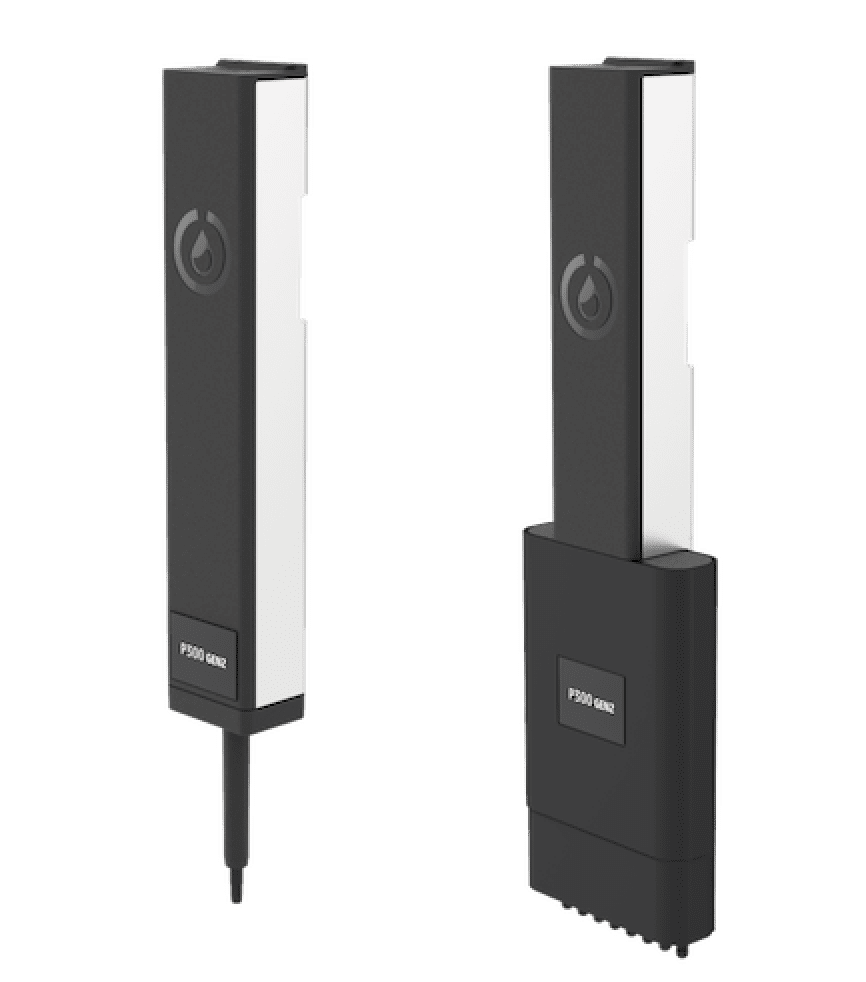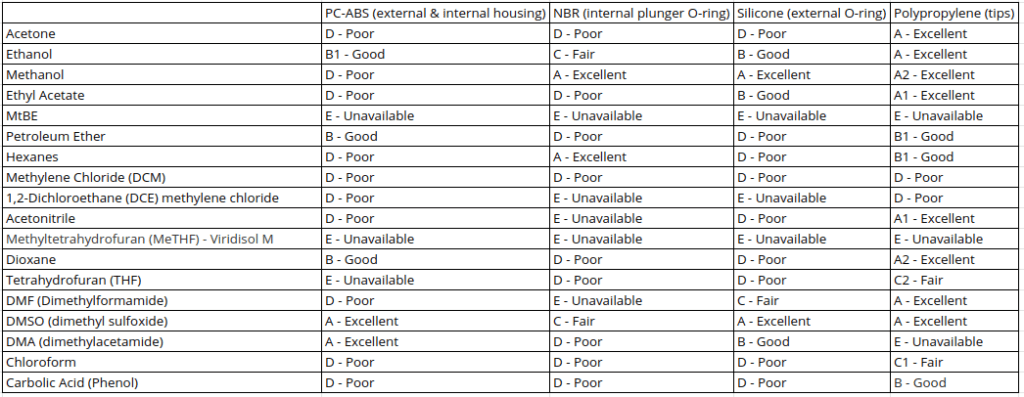
High-precision liquid transfers from 1 µL to 1000 µL designed for lab automation and optimized for use with the OT-2

Comparable specs to pipettes 10x as expensive
Swap single- and 8-channel pipettes in newly expanded volume ranges to complete protocols

Our integrated design puts the same trusted mechanisms used in all manual pipettes inside a new robotic package.

Reliable liquid transfers from 1–1000 µL with our swappable single- and 8-channel pipettes

P20
P300
P1000

P20
P300

Affordable, automation-optimized tips designed specifically for the OT-2—starting at $5.50/rack.
Select number of channels:

| Volume | Accuracy | Precision | ||
|---|---|---|---|---|
| %D | µl | %CV | µl | |
| 1 | ± 15% | 0.15 µL | ± 5% | 0.05 µL |
| 10 | ± 2% | 0.2 µL | ± 1% | 0.1 µL |
| 20 | ± 1.5% | 0.3 µL | ± 0.8% | 0.16 µL |

| Volume | Accuracy | Precision | ||
|---|---|---|---|---|
| %D | µl | %CV | µl | |
| 20 | ± 4% | 0.8 µL | ± 2.5% | 0.5 µL |
| 150 | ± 1% | 1.5 µL | ± 0.4% | 0.6 µL |
| 300 | ± 0.6% | 1.8 µL | ± 0.3% | 0.9 µL |

| Volume | Accuracy | Precision | ||
|---|---|---|---|---|
| %D | µl | %CV | µl | |
| 100 | ± 2% | 2.0 µL | ± 1% | 1 µL |
| 500 | ± 1% | 5.0 µL | ± 0.2% | 1 µL |
| 1000 | ± 0.7% | 7.0 µL | ± 0.15% | 1.5 µL |

| Volume | Accuracy | Precision | ||
|---|---|---|---|---|
| %D | µl | %CV | µl | |
| 1 | ± 20% | 0.2 µL | ± 10% | 0.1 µL |
| 10 | ± 3% | 0.3 µL | ± 2% | 0.2 µL |
| 20 | ± 2.2% | 0.44 µL | ± 1.5% | 0.3 µL |

| Volume | Accuracy | Precision | ||
|---|---|---|---|---|
| %D | µl | %CV | µl | |
| 20 | ± 10% | 2.0 µL | ± 4% | 0.8 µL |
| 150 | ± 2.5% | 3.75 µL | ± 0.8% | 1.2 µL |
| 300 | ± 1.5% | 4.5 µL | ± 0.5% | 1.5 µL |
For FAQs about the OT-2 and other products, click here.
Using Opentrons pipettes without the OT-2 is not suggested. The pipette interface contains connections to the pipette motor itself and an EEPROM that contains nothing more than the serial number of the pipette.
All of the motor control circuits and logic behind how much to drive the motor to aspirate fluid is completely contained within the circuitry of the robot.
In this sense, the user would be required to almost entirely reverse engineer our robot to operate the pipettes with any level of accuracy. Additionally, we cannot guarantee any level of performance when the pipettes are not used with our robot, this would have to be validated by the user.
The components of Opentrons pipette that might interact with liquid or vapor from your reagents are made from:
PC-ABS (external & internal housing)
NBR (internal plunger O-ring)
Silicone (external O-ring)
Opentrons pipettes are designed and tested to handle a wide range of aqueous solutions common to biochemistry. Our pipettes haven’t been tested for use with solvents and other non-aqueous chemicals.
We recommend the below chart to determine any possible interactions before using solvents on the OT-2. If you do not see the chemical you will be using below please consult a chemical compatibility database.
OT-2 Pipette Chemical Compatibility Chart:

Ratings – Chemical Effect
A – Excellent
B – Good: Minor Effect, slight corrosion, or discoloration.
C – Fair: Moderate Effect, not recommended for continuous use. Softening or loss of strength, and swelling may occur.
D – Severe Effect: Not recommended for any use.
E – Information not available.
Materials: Opentrons tips are made from 100% polypropylene (PP).
Recycling process: PP plastic will often have a printed ‘resin code’ (5 for PP), which is useful during recycling, as they indicate what type of plastic it is. This ensures the separation and efficient recycling of different plastic types.
Nonhazardous micropipette tips can be collected for recycling. Collect in a puncture-proof container. BL1 and BL2 tips must be decontaminated with bleach or alcohol before being deposited into a recycling bin. Pharmaceutical contamination would also prevent the recycling of tips.
Always check with the environmental, health, and safety office at your institution first. Sometimes finding a pipette tip inside a recycling collection container will automatically make everything considered “trash”. Your institution’s recycling program rules will be dependent on EPA, OSHA, local hazardous waste regulations, and the municipal recycling services that are available.
Materials: Opentrons P20 and P1000 tip racks are made out of ABS plastic.
Recycling process: Please see 3drific.com for more information on recycling ABS Plastic
ABS plastic uses recycling number 7.
ABS needs to be processed separately. On the industrial scale, this is automated via froth flotation, where a water-oil mixture helps sort the ABS from other particles.
At home, and at the municipal level, this will largely be done at the collection stage. ABS should be kept in a separate container and transported in the same compartmentalized manner. Some municipalities may employ workers to manually separate plastic, but this is clearly error-prone, and may not work as well as separation at the collection stage.
Once ABS plastic has been separated as much as possible, the next step in the recycling process is grinding.
Other resources like TerraCycle are specifically designed for tip racks.
Materials: Opentrons P300 tip racks are made out of polycarbonate plastic (PC).
Recycling process: Please see https://www.terracycle.com for more information on recycling PC plastic
PC plastic uses recycling number 7.
This is a notoriously difficult process, so we recommend selecting a company like TerraCycle or contacting your institution to review their recycling program’s rules.
Please contact us at [email protected] or through Opentrons Messenger if you have more questions or suggestions about the above.
Labs in 40+ countries trust Opentrons to help automate their workflows. We offer 60-day risk-free returns & flexible payment options.